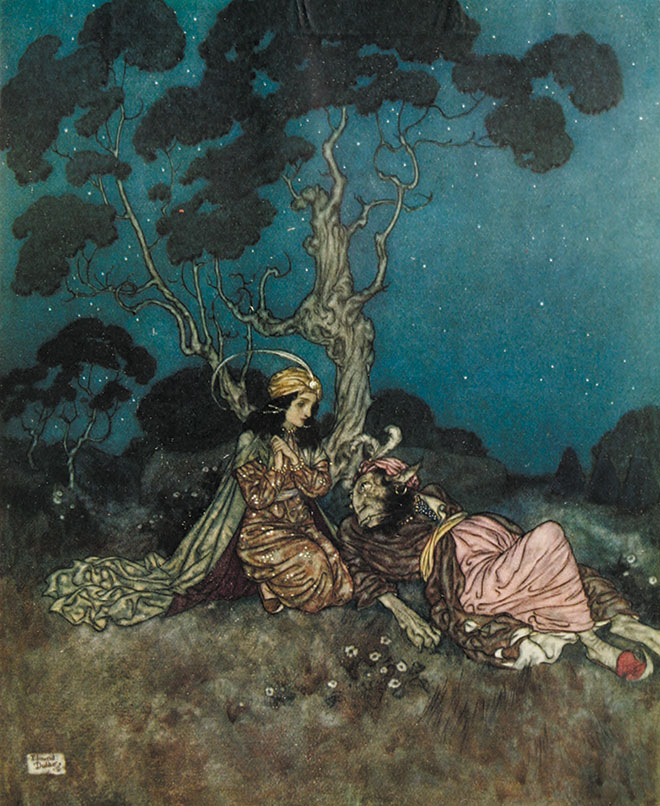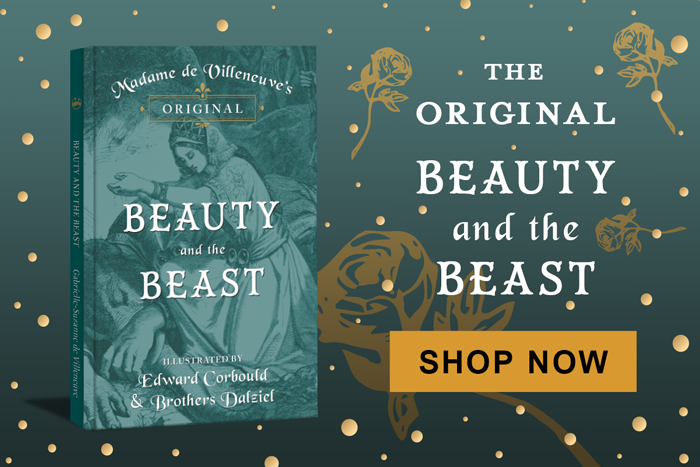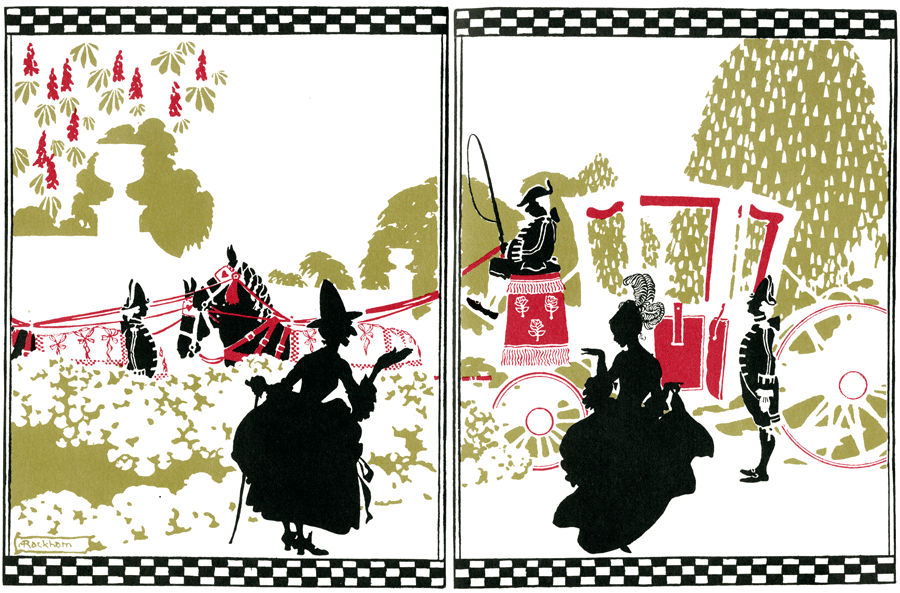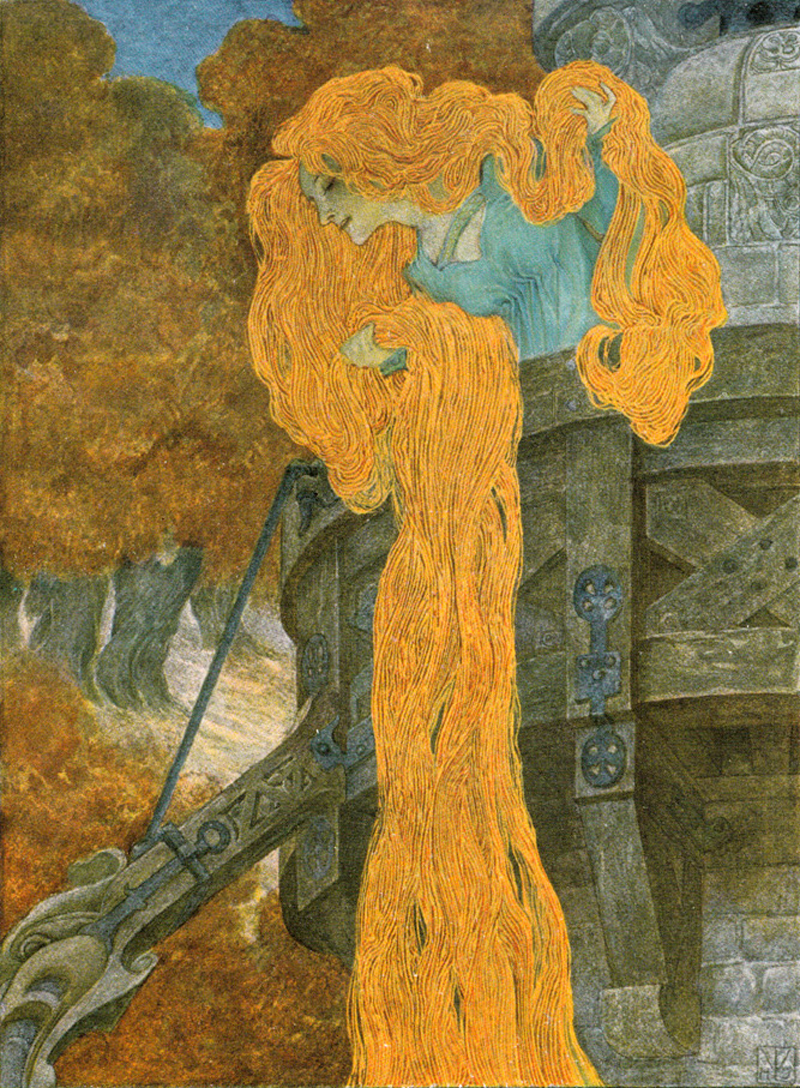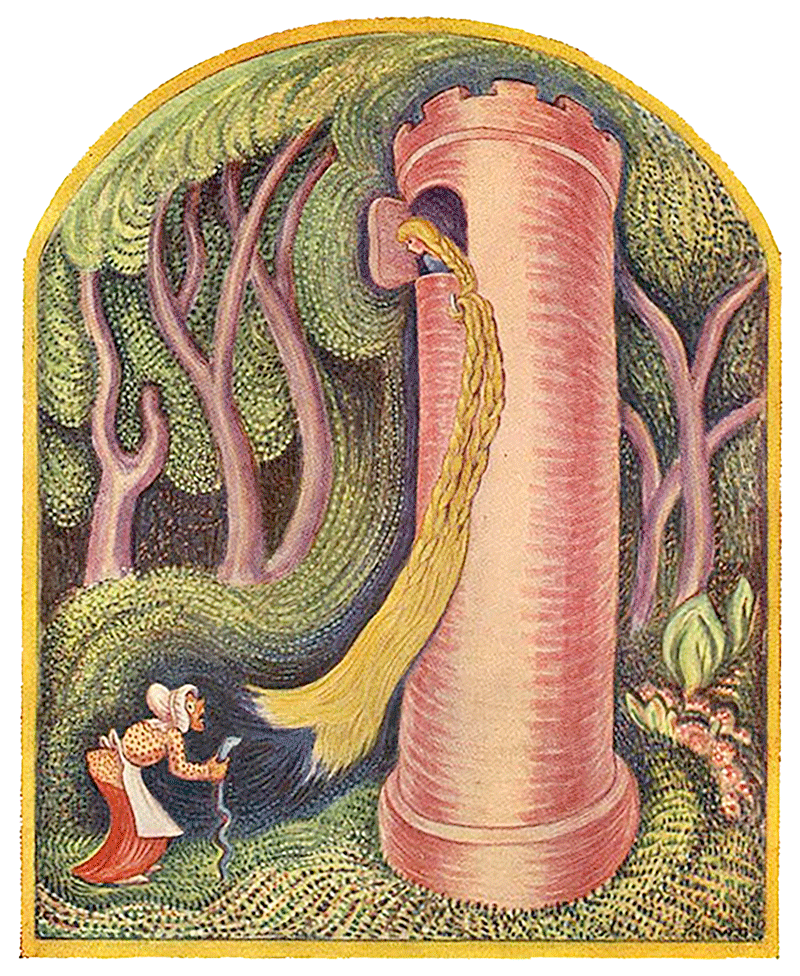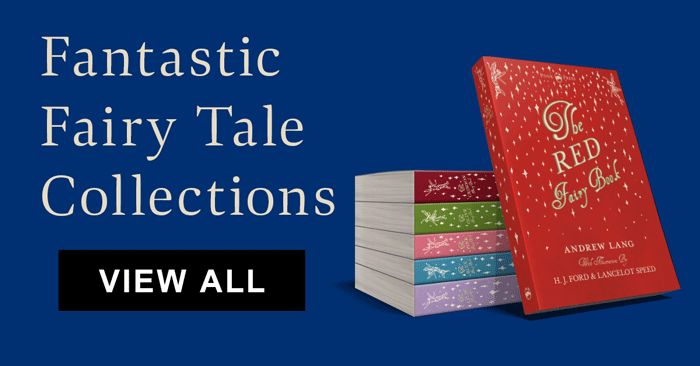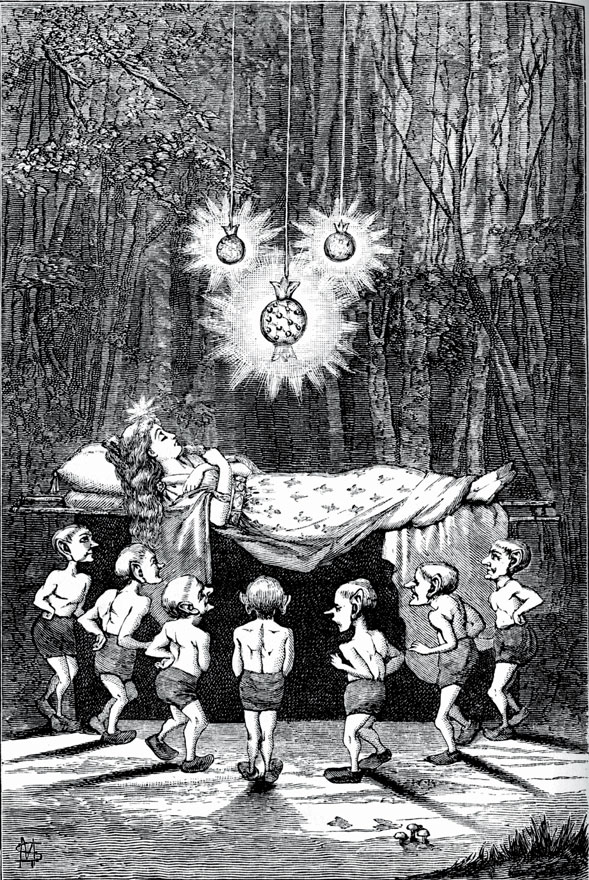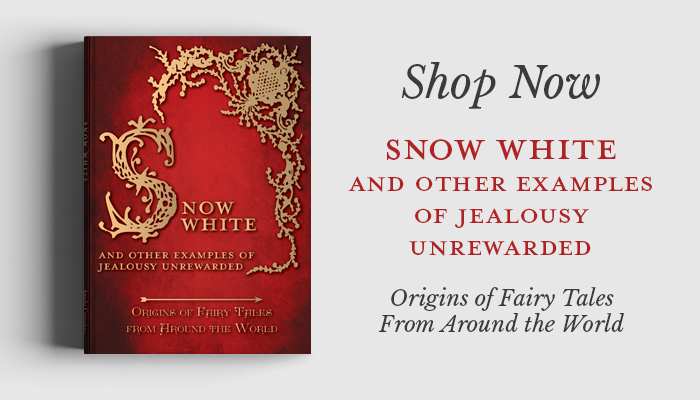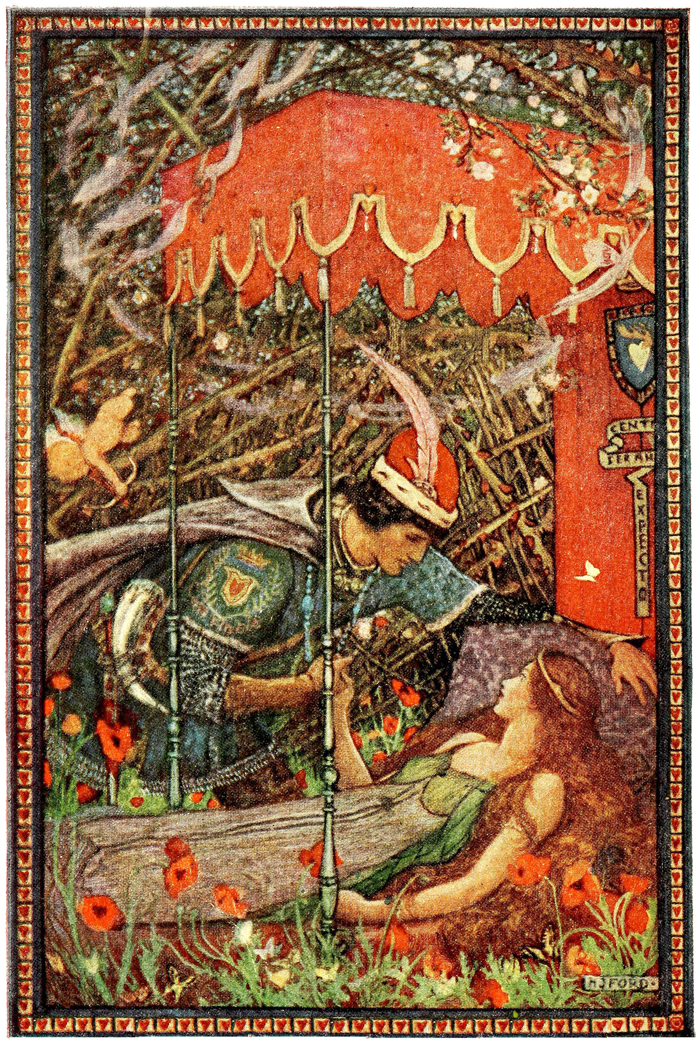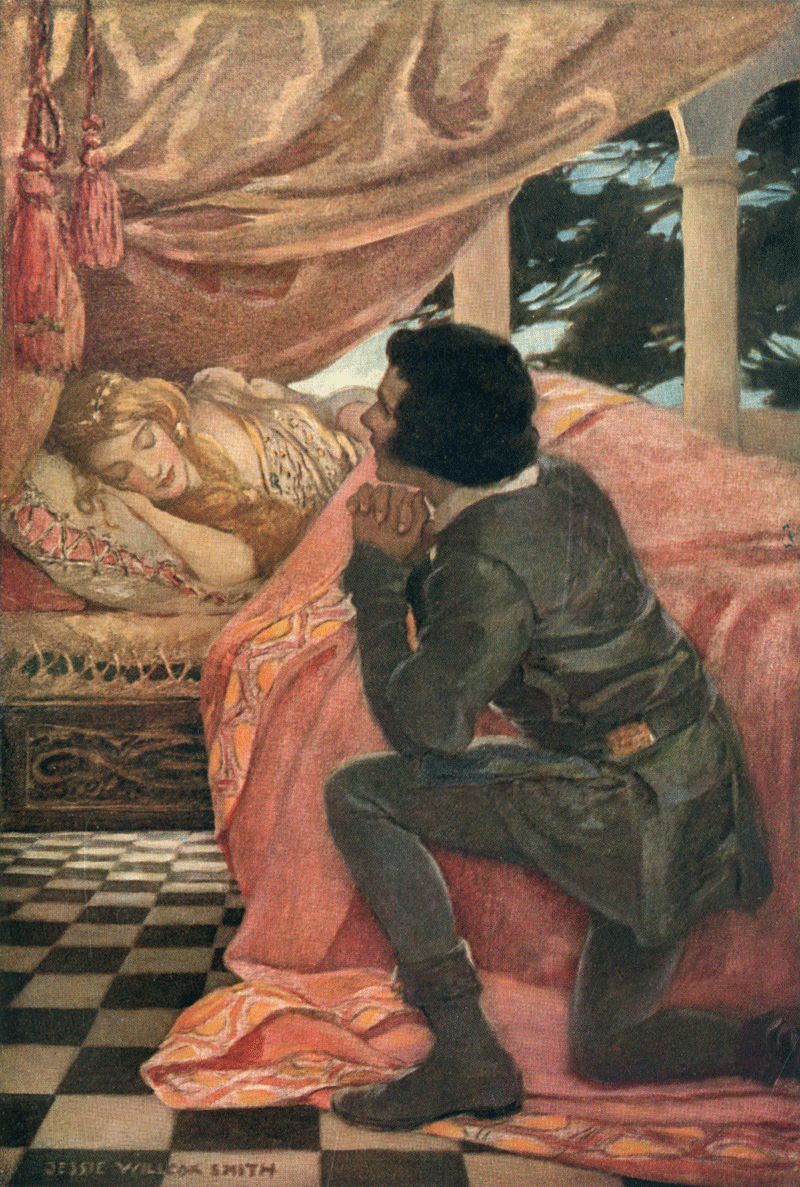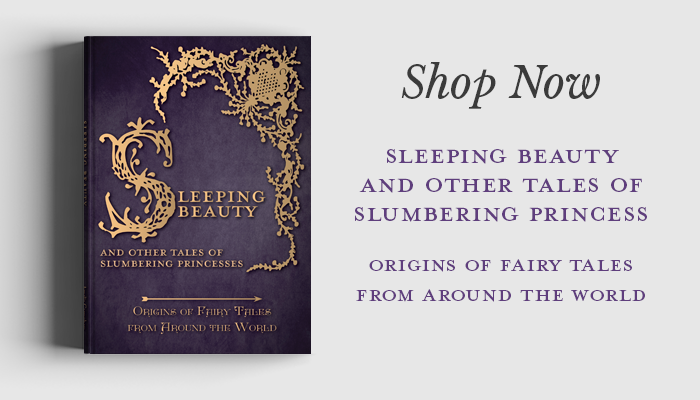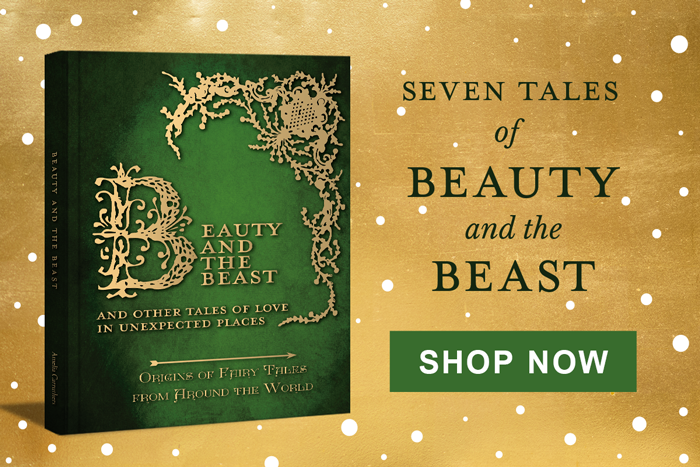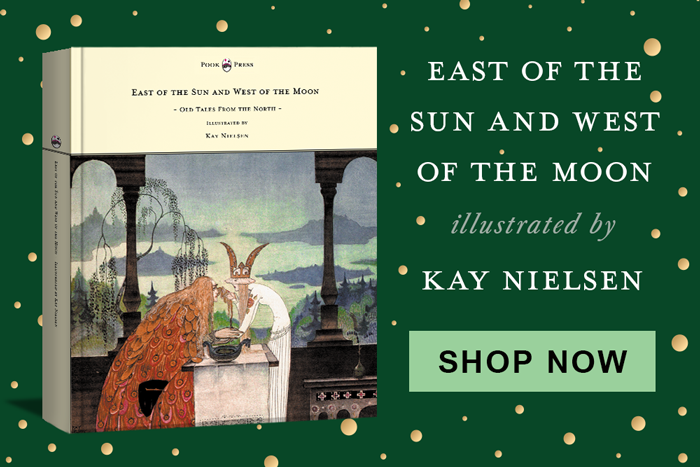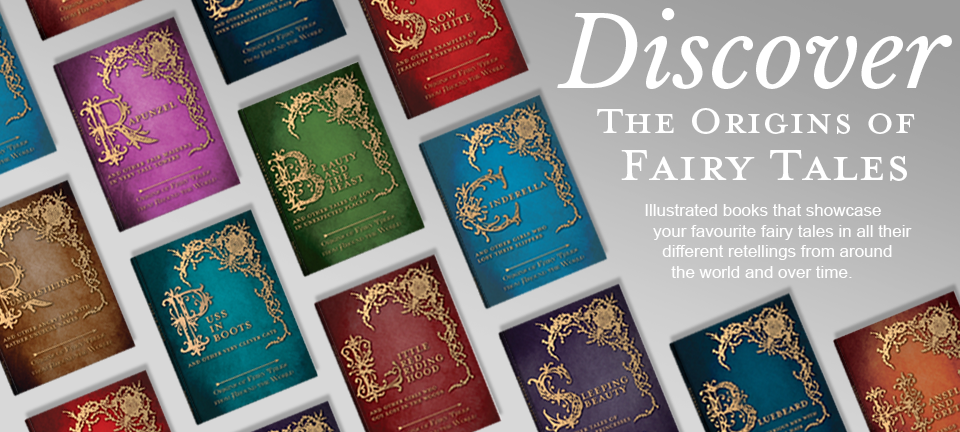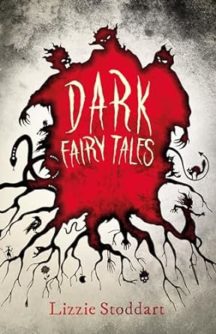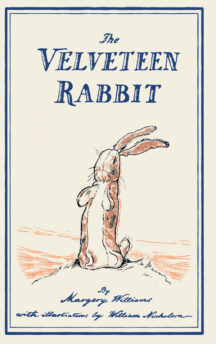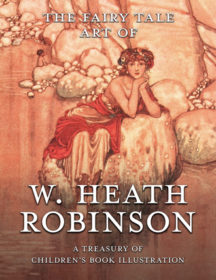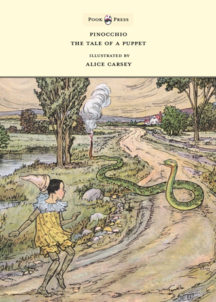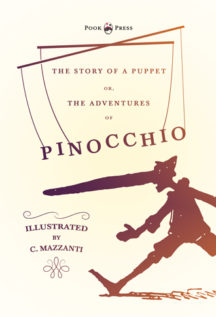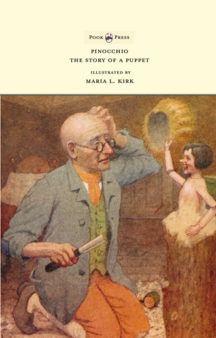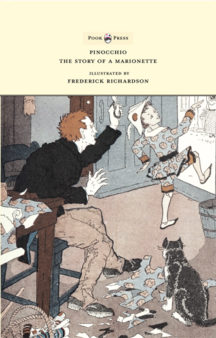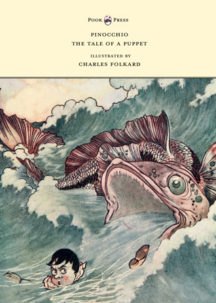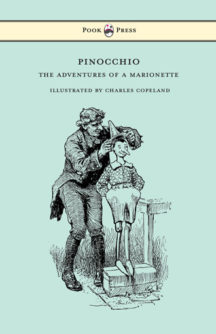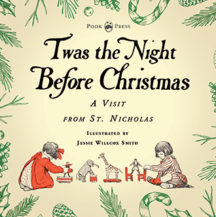National Princess Day – Famous Tales of Fearless Maidens
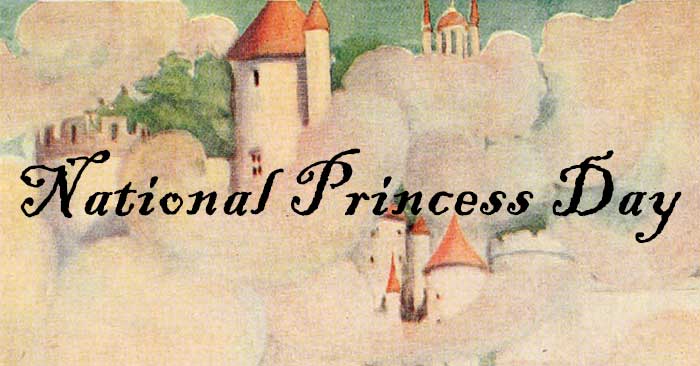
The stories of strong and fearless maidens have been passed down through the generations inspiring each one as they go. Although many Princesses have been celebrated by Disney in recent years, the original tales of these wonderful characters date back further than the 17th century.
We have collected the best-illustrated versions of these characters and their stories in Fabulous Tales of Fearless Maidens in celebration of National Princess Day.
Beauty and The Beast
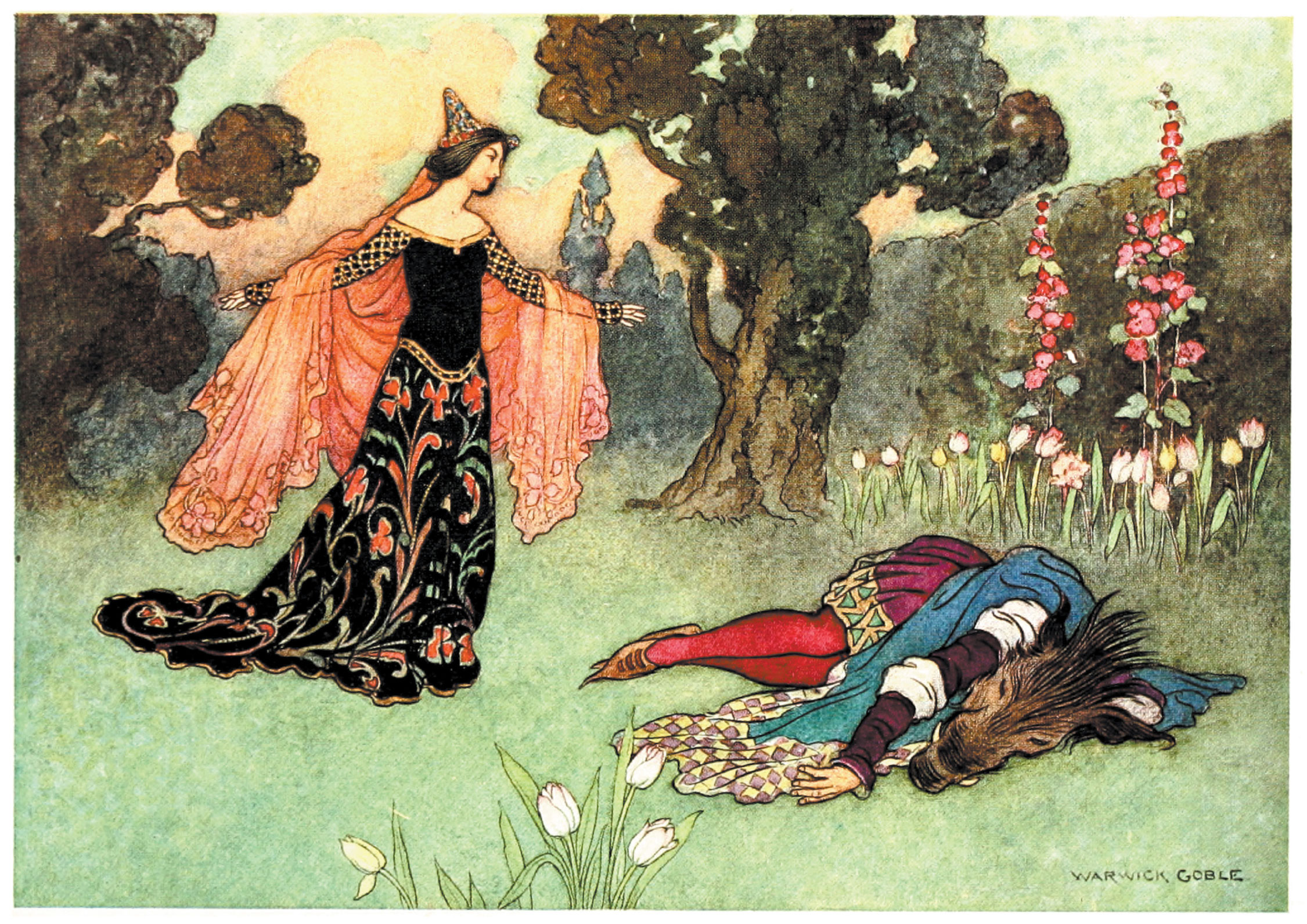 In the original tale – written by Madame de Villeneuve, 1740 – Belle’s story reveals that she is not really a merchant’s daughter but the offspring of a king and a good fairy. The wicked fairy had tried to murder Belle, so she could marry her father the king, and Belle was put in the place of a merchant’s dead daughter to protect her.
In the original tale – written by Madame de Villeneuve, 1740 – Belle’s story reveals that she is not really a merchant’s daughter but the offspring of a king and a good fairy. The wicked fairy had tried to murder Belle, so she could marry her father the king, and Belle was put in the place of a merchant’s dead daughter to protect her.
Apart from the Disney version (of course), readers are most familiar with the shortened tale by Jeanne-Marie Leprince de Beaumont (1711 – 1780). Beaumont pared down the list of characters of Beauty and Beast and simplified the tale to transform it into a quintessential fairy tale. The tale has many variants from all around the world but remaining constant are the themes of envy unrewarded, of learning to love what may at first appear a ‘beast’.
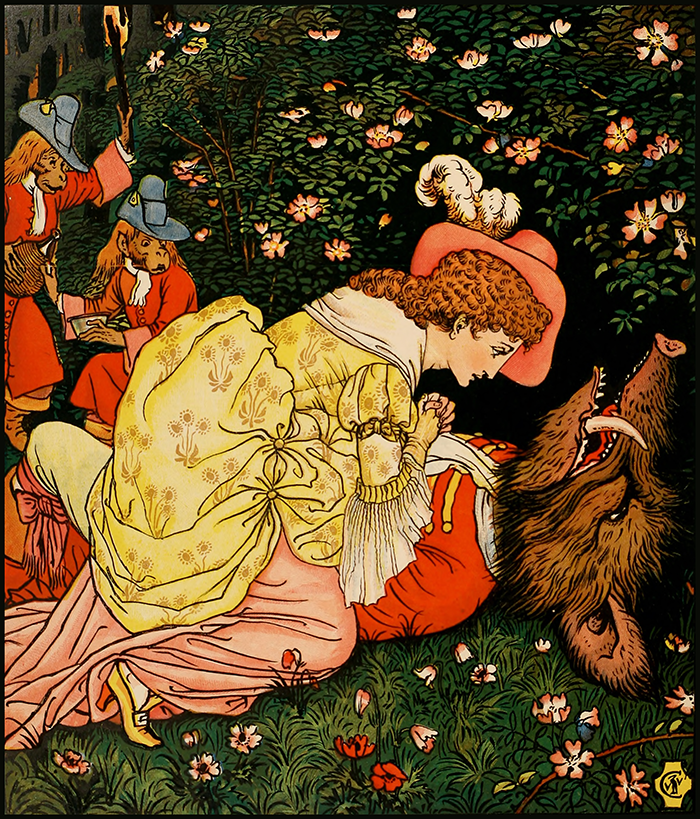 Beauty and The Beast – Illustrated by Walter Crane
Beauty and The Beast – Illustrated by Walter Crane
Cinderella
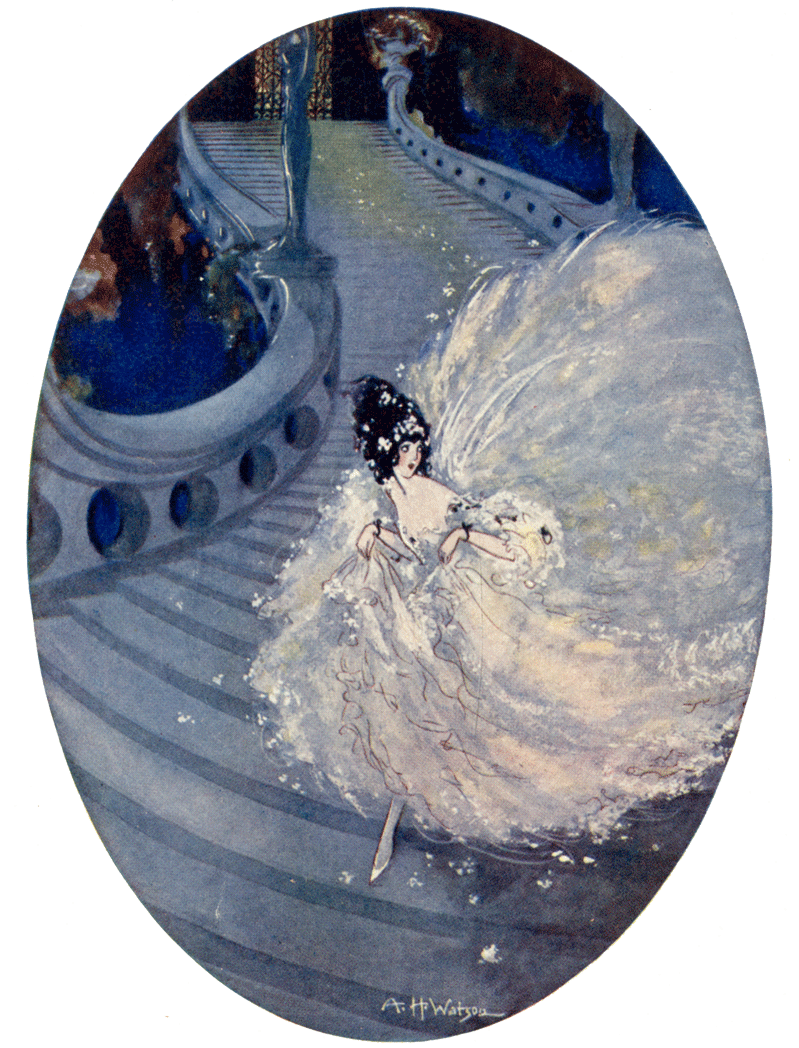
Cinderella – Illustrated by A. H. Watson
Cinderella is one of the best-known stories of all time. It has appeared across many different eras, in many different cultures, and according to varying estimations, there could be anything between 350 and 1500 different versions of the tale.
The very basics of the narrative revolve around a kind and just young woman (the Cinderella character), who suffers some form of unjust oppression – usually at the hands of her step-family. The supernatural element comes in the form of a guardian (referred to as the ‘Fairy Godmother’ in the European tradition), who enables Cinderella to be recognized for her true worth. But aside from this rough narrative framework, story-tellers around the world have varied the literary details with considerable panache. Our favourite is the Brother’s Grimm version of Aschenputtel where the fairy Godmother is replaced as a wishing tree that grows on her mothers grave.
Rapunzel
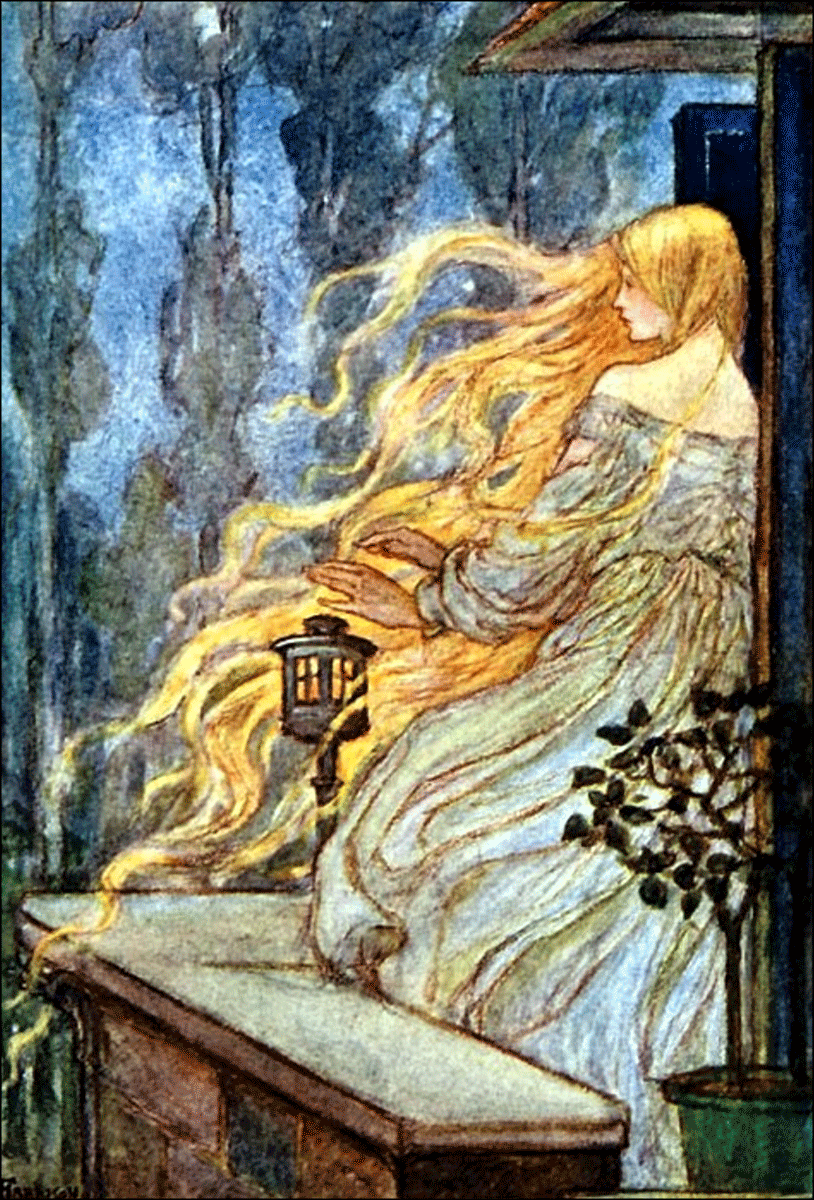
Rapunzel illustration by Emma Florence Harrison
This story of a beautiful young woman with long flowing hair, who – after a period of trials and tribulations finally reunites with her true love, it first appeared in print with Giambattista Basile’s Pentamerone (1634 – 1636). The earliest precedent of the story was in the legend of Saint Barbara thought to have lived in 13th century Nicomedia (present-day Turkey), who is said to have been locked in a tower by her father to protect her from the outside world. In rebellion, she converted to the Christian religion, rejecting marriage proposals and subsequently was executed by her father.
Although the version most well-known today still has a gruesome ending in which the wicked witch dies, it was preferred over depictions of a young woman disobeying the orders of her elders, by giving herself willingly to the ‘prince’. Like the strong-willed Saint Barbara, the ‘Rapunzel’ character is anything but a meek and obedient princess.
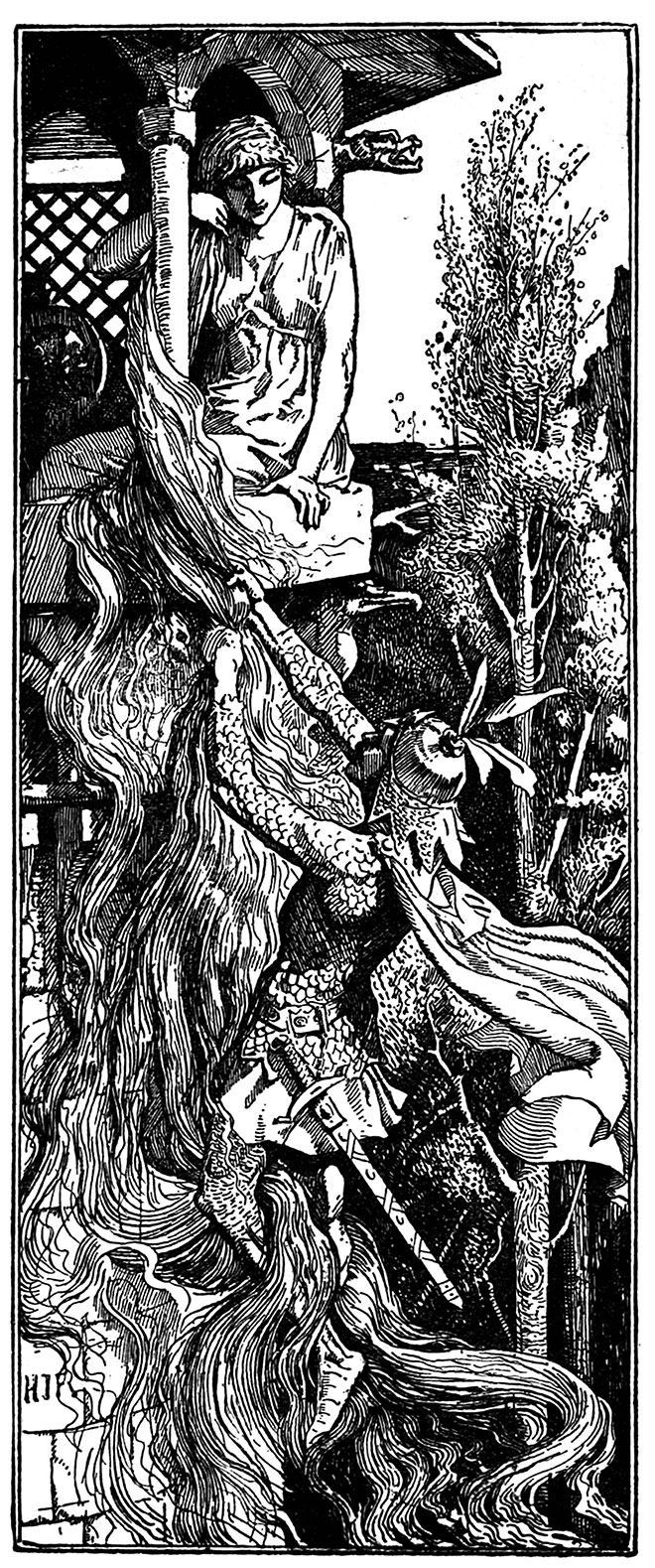
The Red Fairy Book, H. J. Ford, 1890.
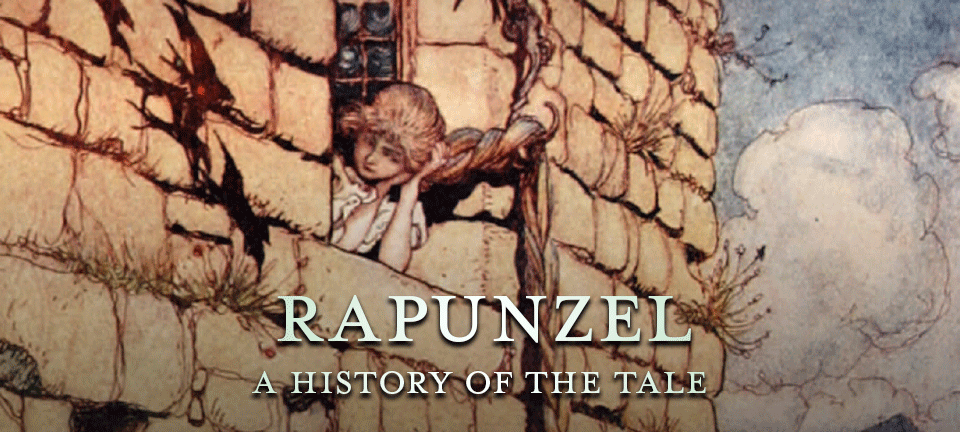
Snow White
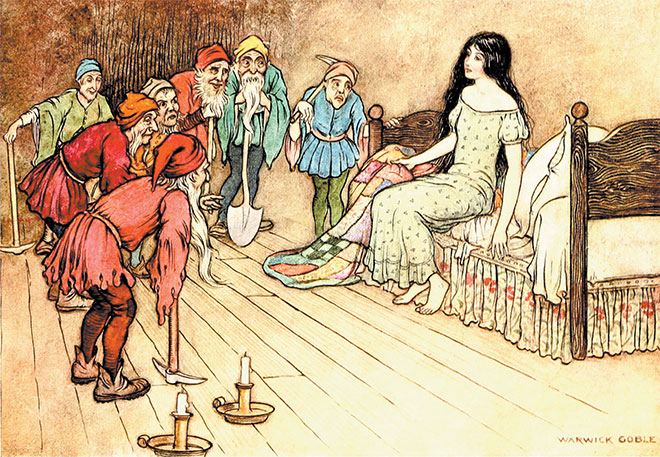
The story of Snow White is one of the best known and most loved fairy tales. Its history is an intriguing one, with very little known about its exact origins. The basic narrative involves a young and beautiful woman, who incurs the jealousy of another (whether that be her mother, step-mother, aunt or competing-wife), and as a result, is tricked into a state of suspended animation. The young girl is then locked away for her own protection. The story generally ends with the girl rescued and awoken (usually marrying the Prince or the King), and the ‘other woman’ suffering a less fortunate fate.
The version known and loved today is based on the tale from the Brothers Grimm Schneewittchen where the princess is recompensed for her mistreatment by the suffering and death of the evil step-mother.
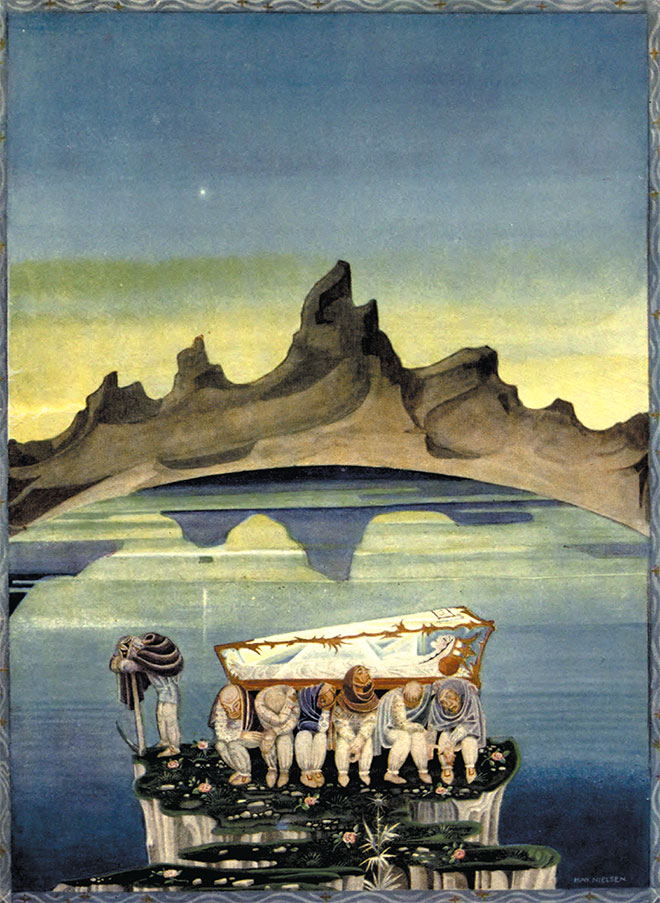
Hansel and Gretel and Other Stories, Kay Nielsen, 1925.
Sleeping Beauty
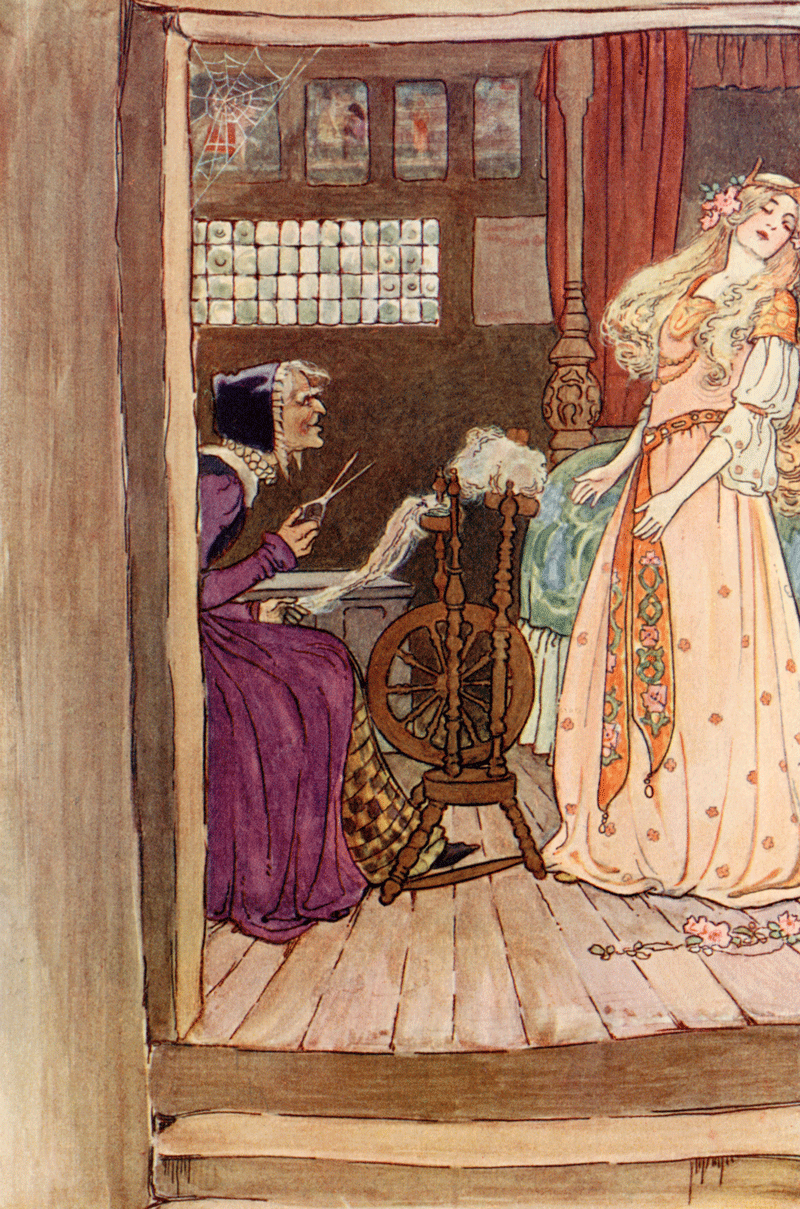
Grimm’s Fairy tales illustrated by Millicent Sowerby
The tale of Sleeping Beauty is one of the classics of the fairy-tale genre, with a truly fascinating history. It is one of the best-known narratives in the western-European tradition but arguably originates from much further afield. The story essentially revolves around a beautiful princess, an enchantment of sleep and a handsome prince. But as a result of many adaptations, appropriations and re-tellings, Sleeping Beauty has, over time, undertaken a considerable transformation.
The Brothers Grimm tale is the version most well-known, Little Briar Rose (1812) who falls into the enchanted sleep after a prick from a spindle, ends (like the original tellings) when the prince arrives to wake the sleeping beauty. Unusually for the Brothers Grimm, their story is one of the tamest of the ‘sleeping beauty’ narratives, with none of the attempted cannibalism, adultery or rape found in earlier renditions.

